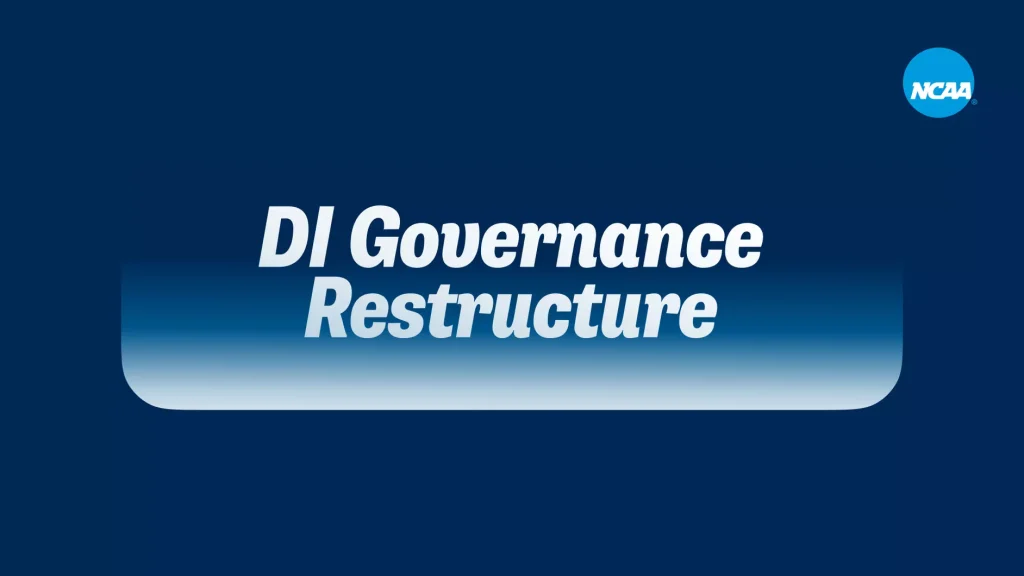NCAA Gives Student-Athletes a Stronger Voice, Slashes Red Tape in Major Overhaul

The NCAA Division I Board of Directors has approved a major restructuring of its governance, a move designed to give student-athletes a stronger voice and make the decision-making process more efficient. The changes, set to be phased in over the coming months, will reduce the total number of committees and grant greater authority to sport-specific groups.
Here’s a breakdown of the key changes:
More Power for Student-Athletes
The most significant change is the doubling of student-athlete representation. Student-athletes will now have voting seats on almost every committee, adding 40 new voices to the decision-making process. This fulfills a core goal of the reform: to embed student perspectives directly into the governance structure.
Less Bureaucracy
The new structure will slash the number of Division I committees by 32%, reducing it to just 30. This change is intended to streamline operations and speed up the process of creating and changing rules. It also gives greater authority to sport-specific committees over rules that impact their respective sports.
Flexibility for Conferences
The overhaul also gives conferences more flexibility on rules related to things like athletics personnel, scholarships, and nutrition. This decentralizes some decision-making, allowing schools to be more agile while the NCAA maintains national standards for core areas like ethical conduct, recruiting, and minimum eligibility requirements.
According to NCAA President Charlie Baker, the changes are part of a broader effort to “do more for student-athletes” and adapt to the evolving landscape of college sports. These reforms are meant to protect what brings Division I together while updating the decision-making process to meet this new era.

